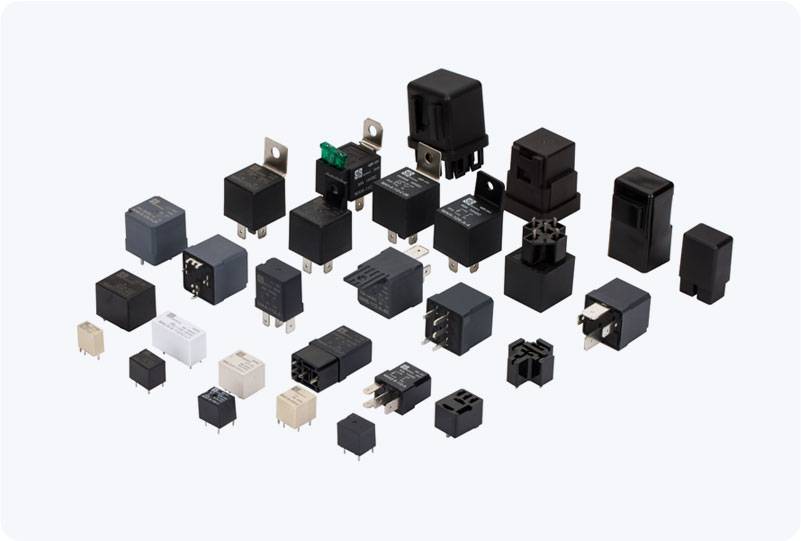A 30A Power Relay is a highly efficient electrical switch used to control high current in a variety of applications, ranging from automotive systems to household appliances. Its ability to manage a maximum current of 30 amps makes it an essential component in systems requiring the management of significant electrical loads. In this article, we will explore the working principle, key features, and common uses of the 30A Power Relay, as well as considerations for selecting and maintaining this device.

What is a 30A Power Relay? A 30A Power Relay is a type of electromagnetic switch that allows low current control signals to operate high current loads. The term “30A” refers to its maximum current handling capability, which is 30 amperes. Relays like these are widely used to switch high-power devices without directly exposing control circuits to the electrical load, which could be hazardous or inefficient for direct handling. A typical relay operates using a coil that generates a magnetic field when energized. This magnetic field attracts or repels a movable armature, which in turn opens or closes the relay’s electrical contacts. The contacts, once activated, enable the flow of current to the connected load, such as a motor, heating element, or other power-hungry components.
Leave a Reply